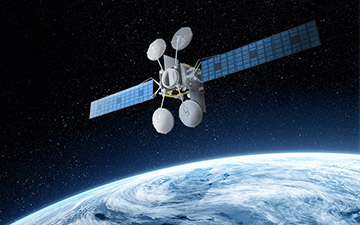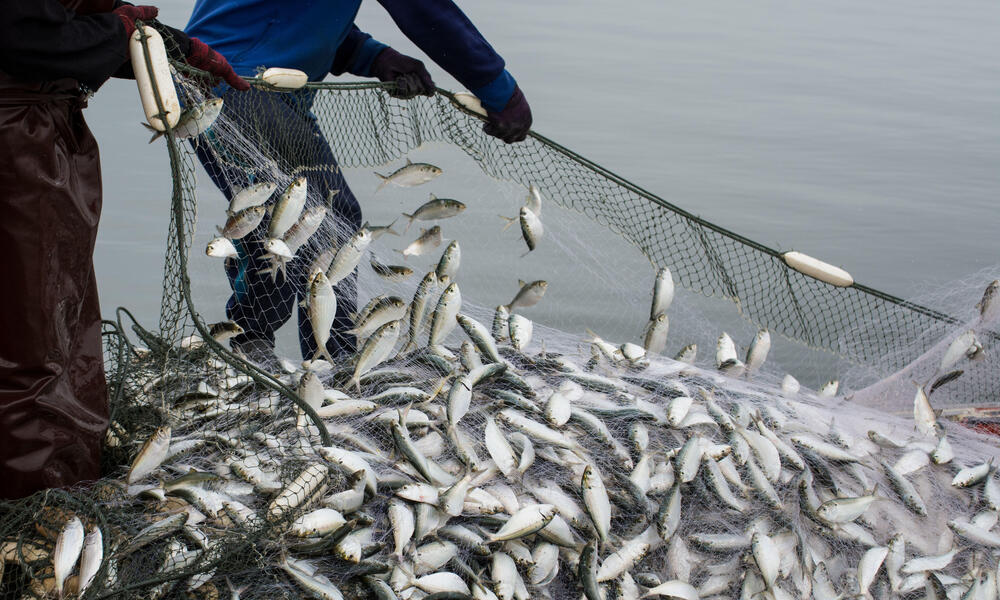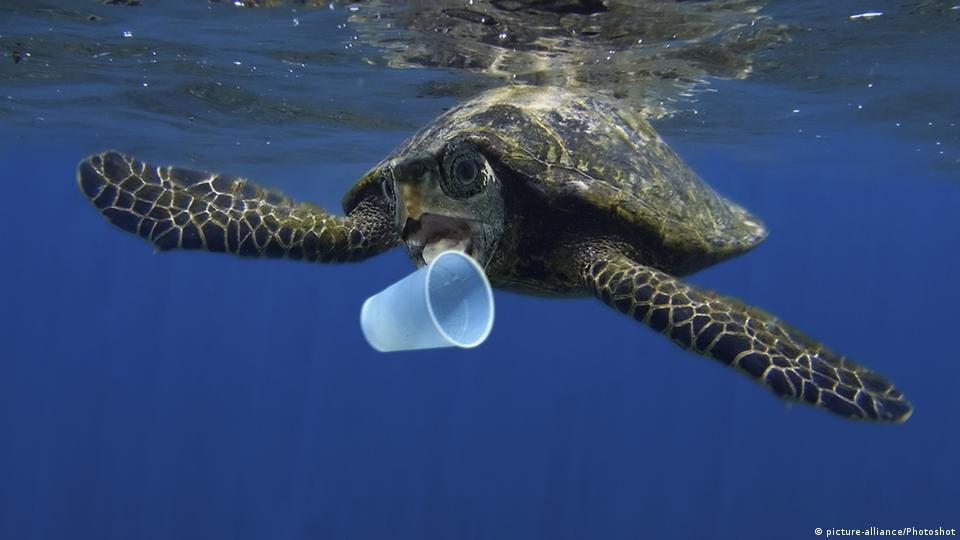Intro
The ocean is a vital component of the Earth’s ecosystem and is crucial for human survival. It provides us with food, medicine, and resources, as well as plays a critical role in regulating the Earth’s climate. However, the ocean is facing significant challenges, such as plastic pollution, overfishing, climate change, and habitat destruction, which threaten marine ecosystems and the services they provide. To address these challenges, researchers, scientists, and policymakers are turning to innovative technologies like AI to monitor, analyze, and protect the ocean. AI offers a powerful tool to help us better understand and manage our marine resources, and it is playing an increasingly important role in ocean conservation efforts. AI algorithms can analyze large volumes of data, including satellite images, underwater sensor data, and acoustic data, to provide researchers with valuable insights into the dynamics of the ocean and the health of marine ecosystems. As the ocean faces increasing threats, the application of AI in ocean conservation has the potential to provide us with the tools we need to better understand and manage this critical ecosystem.
How AI is being used
One of the ways AI is being used to help our oceans is by monitoring and analyzing ocean patterns. AI algorithms are being used to analyze satellite images and underwater sensor data to track ocean currents, weather patterns, and identify potential hazards such as harmful algae blooms. This information helps researchers and scientists better understand the dynamics of the ocean and to identify potential threats to marine ecosystems. For example, the Environmental Intelligence Unit (EIU) is using AI to analyze satellite images and sensor data to track and predict the movements of ocean currents. This information can help fishermen and shipping companies to navigate the ocean more safely, as well as help researchers and scientists to better understand the dynamics of the ocean.

AI is also useful in monitoring and protecting marine life. Algorithms can analyze underwater video footage and acoustic data to track the movements and behaviors of marine animals, which helps researchers better understand marine ecosystems and identify threats to marine life. The Nature Conservancy employs AI to monitor the movements of endangered whale species. AI algorithms analyze acoustic data to identify the distinct sounds of different whale species, which enables researchers to track their movements and monitor their health.
Another way AI is helping protect our oceans’ is by helping combat illegal fishing. According to the United Nations, illegal, unreported, and unregulated fishing accounts for up to 26 million tons of fish caught each year, which poses a significant threat to marine ecosystems. Algorithms can analyze satellite images and acoustic data to track the movements of fishing vessels and identify illegal fishing activities. The Global Fishing Watch initiative uses AI to monitor the movements of fishing vessels and identify potential illegal fishing activities. The system uses satellite images and radar data to track fishing vessels’ movements, and AI algorithms analyze the data to identify suspicious activities, such as fishing in protected areas or vessels that turn off their tracking systems to avoid detection.

The fourth way AI is being actively used by conservationists is to help clean up plastic waste. Plastic pollution is a significant threat to marine ecosystems, with millions of tons of plastic waste ending up in the ocean each year. One project that employs AI to combat plastic pollution is the Ocean Cleanup initiative. The Ocean Cleanup initiative uses AI-powered underwater drones to detect and remove plastic debris from the ocean. The drones are equipped with cameras and AI algorithms that can identify and track plastic debris and then deploy a net to collect the debris. The system has been successfully tested in the Pacific Ocean and is being scaled up for wider use.
In addition to cleaning up plastic waste, AI can help mitigate the effects of climate change on the ocean. Algorithms can predict the impact of rising sea levels on coastal communities, model the effects of ocean acidification on marine ecosystems, and optimize renewable energy sources like wind and wave power. The Deep Learning Ocean initiative uses AI to model the effects of climate change on the ocean. The system analyzes satellite images and sensor data to model the impacts of climate change on marine ecosystems, such as the effects of ocean acidification on coral reefs. The system can also predict the impact of rising sea levels on coastal communities.

Conclusion
As has been demonstrated, the ocean is a vital part of our planet, and it is facing significant challenges that threaten its health and the services it provides to humans. However, with the help of innovative technologies like AI, we can better understand and manage our marine resources. As we continue to face new and emerging threats to our oceans, the application of AI in ocean conservation has the potential to provide us with the tools we need to better understand and manage this critical ecosystem, ultimately ensuring a healthy and sustainable future for our planet.